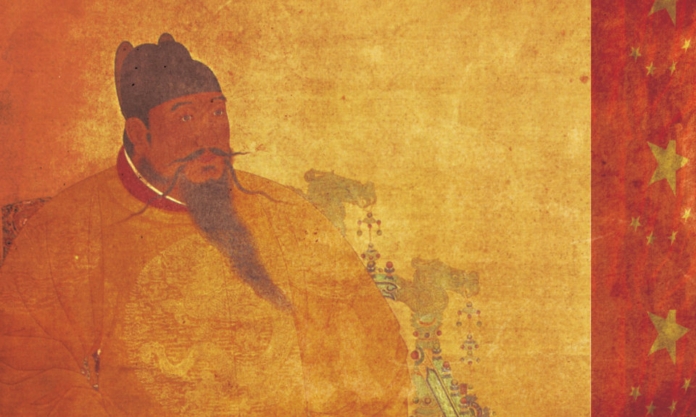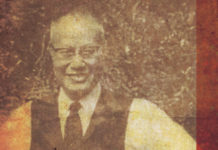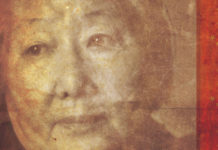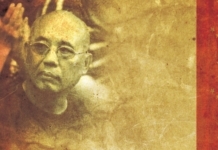Zhu Di (朱棣), the third to be top dog in the Ming Dynasty and often referred to as the Yongle Emperor, brought much that is great to the world, including the Forbidden City. He also remained relevant until very recently, as commissioner of that which remained world’s largest encyclopaedia for 600 years.
Born on 2 May, 1360 CE, in Nanjing (then Yingtian), Zhu was the fourth of seven sons for Zhu Yuanzhang, founder of the Ming Dynasty in Nanjing in 1368.
A 7-year-old Zhu and his brothers received a rigorous military training, and as they grew older, also practiced martial arts from time to time. With their father attaching great importance to culture and education, Zhu and his brothers were enrolled in school at an early age, where they received an orthodox Confucian classic education.
Zhu’s rise began in 1370, when awarded the title, Prince of Yan (燕王), with his capital in Beijing (then Beiping). While engaged in an ongoing fight against the Mongols of the North, Zhu’s nephew, Yunwen, took the nation’s throne as the Jianwen Emperor. Initially accepting off such, Zhu was to rise against his nephew in rebellion at the execution and demoting of Zhu’s contemporaries.
Successful in 1402, Zhu overthrew his nephew to occupy the imperial capital, Nanjing. Proclamation as emperor followed, as well as announcement of the era’s name; “Yongle” or “perpetual happiness”.
Politically, Zhu continued the policies began by his father; efforts to rebuild a country ravaged by war. With tolerance for minorities and religions, many a mosque in Nanjing and Xi’an was built or renovated. Together with unprecedented political reform, the era also saw reduced taxes and laws established that protected peasants’ property.
For the new Zhu, that aforementioned encyclopaedia was top of his to-do list. Commissioned in 1403, the Yongle Encyclopaedia (永乐大典) was a mammoth project that gathered together the entirety of Chinese knowledge, from ancient times up until the early Ming Dynasty.
Incorporated into the book by over two thousand scholars at the Imperial University of Nanjing were texts covering subjects ranging from science and art to religion. After 5 years in the making, when it was finally published, the Yongle Encyclopaedia comprised 22,877 manuscripts in 11,095 volumes; a total of approximately 370 million Chinese characters.
Sadly, the original Encyclopaedia is now missing. Today, there are only 823 volumes in existence, scattered worldwide in 34 public and private collections, about 4 percent of the original book.
In other spheres, over the course of his reign, in terms of military affairs, Zhu conquered Mongolia five times, better managed the frontier, strengthened control of the north and moved the capital to Beijing.
Stretching his fingers further afield, Zhu brought about unity in administration and education in Tibet and sent Zheng He over the western oceans to establish diplomatic ties as means for foreign trade.
Key to such was the establishing of the Siyi Pavilion (四夷馆), set up to translate the languages of various countries and enable stronger friendly international exchanges.
Physical power in the Yongle era was manifest through the dredging of the Grand Canal and the building of the Forbidden City. With such feats and a prosperous economy, it is little wonder the era is regarded as a heyday in China’s history.
Having reigned for 22 years (1402-1424), Zhu died in Yumuchuan in the Inner Mongolia Autonomous Region at the age of 64.
Posthumously, Zhu gave up his title of commissioner of the world’s largest encyclopaedia in 2007. The Yongle Encyclopaedia had been replaced, by… Wikipedia.












